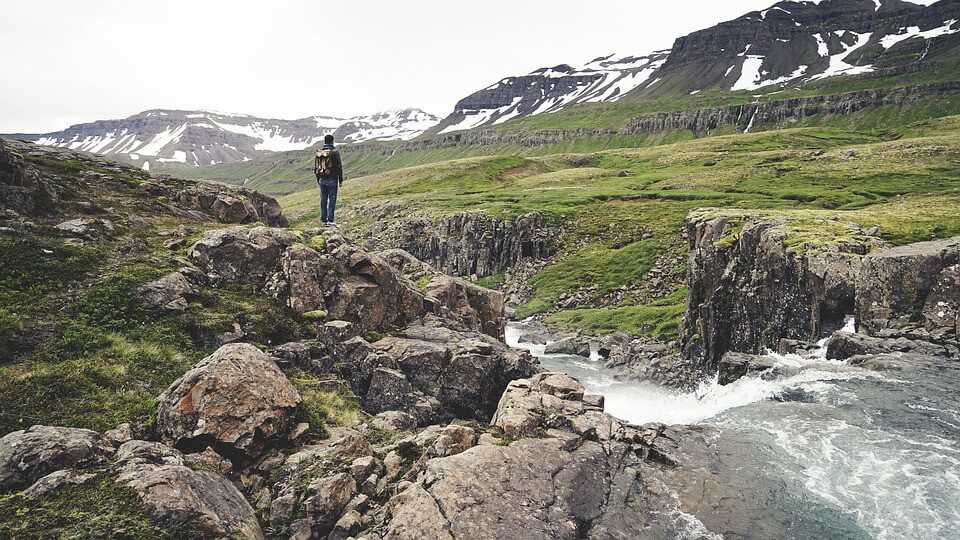The Canadian Rockies is a national treasure that offers an unparalleled natural experience. There are few better ways to explore it than by canoe. Come with us as we take you through the steps of what this adventurous and rewarding trip can entail.
Get your gear together
The first step that you will want to take is to get everything necessary for the trip. Canoeing equipment, food, and water are must-haves when embarking on any canoe route in Canada’s Rocky Mountain Parks. For a multi-day excursion into the backcountry of one of these parks, it may also be necessary to bring a portable GPS device or satellite phone for emergencies, as well as any other personal items that you feel are essential.
Pick your route
The next step is to decide on a destination and plan out your trip. While canoeing in the Canadian Rockies, you will want to choose from one of several established routes with varying degrees of difficulty and length. The park’s main website usually lists these options along with detailed maps that show how far each journey can take you. From there, you will be able to determine how long your trip is likely to take and what the basic requirements for reaching your goal are going to be.
Get in contact with the locals
Once you’ve decided on a route, it is best to stop by one of the visitor centers and speak with an expert who knows about that area. They will be able to tell you what kind of wildlife may be present and how busy certain areas are likely to get during your trip. This is especially important for those looking to avoid crowds in the Canadian Rockies.
Prepare for the weather
Weather can be a factor no matter what time of year you plan to embark on your canoe trip. Check out local forecasts and make sure that you bring with you anything necessary to keep warm in case it gets chilly or wet while you’re exploring. This may include extra layers, rain gear, windbreakers, and other clothing to keep you dry and safe from the elements.
Bring a map
As you get further out from the developed areas of these parks, it is best to bring along an up-to-date map that shows you where you are and how far away your destination may be. There will likely be trails or portage routes for accessing the water if necessary, so make sure to familiarize yourself with them beforehand. This can make your trip easier and keep you from getting lost in the backcountry of Canada’s Rocky Mountain Parks.
